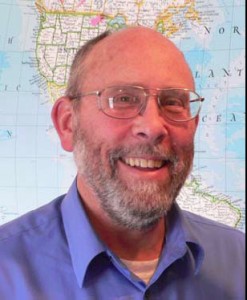We are now stocking this new book out by By Dr Michael Farley and Ty Bollinger:
“A Guide to Understanding Herbal Medicines and Surviving the Coming Pharmaceutical Monopoly.”

| A Guide to Understanding Herbal Medicines – and Surviving the Coming Pharmaceutical Monopoly is the culmination of Dr. Michael Farley’s 30+ years of practicing medicine as well as the knowledge gained from his Native American heritage. Herbal medicines have stood the test of time and many of them grow right in your backyard. For thousands of years, civilizations have flourished using herbal remedies to treat common ailments, diseases, and injuries. Medicinal herbs can supply us with everything we need to cure our ailments, treating everything from arthritis, to bacterial and viral infections, to diarrhea, digestion, immunity, to cancer. If you don’t know anything about medicinal herbs, no worries. That’s the purpose of this book — to educate. Presented in this book are many of the chemical constituents that exist in each herb. These constituents represent only a small percentage of phytochemicals found in each plant. Many herbs have well over 500 chemical constituents in them. To have listed them all would be an encyclopedia type task for both the writer and reader. However, the authors (Dr. Michael Farley, ND and Ty Bollinger) have tried to list the chemicals which, to date, seem to be the ones that have the herbal effects. According to Dr. Jim Howenstine, MD, author of A Physician’s Guide to Natural Health Products That Work, “This guide is indispensable for anyone who wants to learn about herbal medicine. I highly recommend it.” And in the words of M. Fanous, ND, “This book should be in everyone’s library – health professionals and lay people alike. I will be recommending this book to my colleagues and my patients.” This full-color book contains vivid photos of the most important medicinal herbs, with detailed information on habitat and description, parts used, vitamins contained, traditional uses, self-help uses, and active components on each herb. This book will help the consumer of herbs, as well as physicians, learn to use herbs responsibly and knowledgeably. It will also enable the patient and physician to work together toward a safe program that will benefit all parties.
Herbal medicine is the oldest form of healthcare known to mankind. The World Health Organization (WHO) estimates that 4 billion people (almost 80% percent of the world population) use herbal medicine for some aspect of primary health care. The book is 100 FULL COLOR pages and will help you identify medicinal herbs (by sight) and understand how to use them to treat common illnesses. This newly published authoritative reference guide is based upon the most recent scientific research and provides crucial insight into the phenomenal healing properties of medicinal herbs. Listen to this interview: Todays show is indeed a “must listen” to show, no doubt. Ty Bollinger and Dr. Farley covered so much in one hour, bringing us an understanding of what’s really causing illness and finding real solutions. They dive into the politics of medicine and give some very empowering ways to take our health in our own hands instead of putting our lives in someone elses. Enjoy and please share this podcast!survival herbs with dr farley and ty bollinger, december 20, 2011
I highly recommend that you purchase this book and study it thoroughly. NZ$48.00 Introductory offer $40.00 until 31 December 2011To order do one of the following: send email to sales@hef.org.nz with visa number post cheque or visa number to PO Box 9064, Palmerston North fax: 06 357-4389 phone: 06 357-4399 Trademe (fees added): http://www.trademe.co.nz/Members/Listings.aspx?member=2366144 Sella (No added fees): http://www.sella.co.nz/store/4ym9qg/home-education-foundation/display-100/
|
